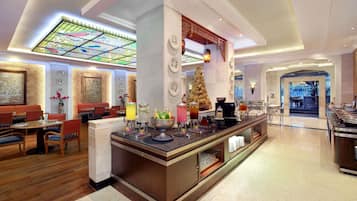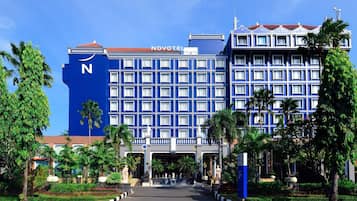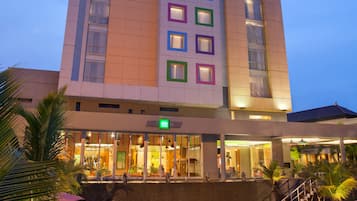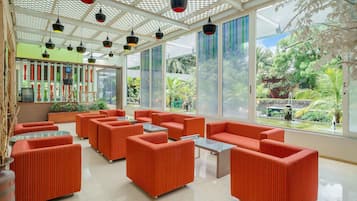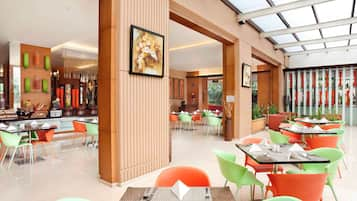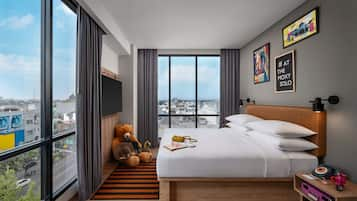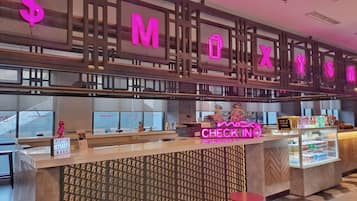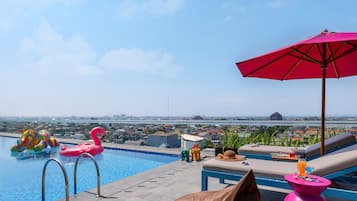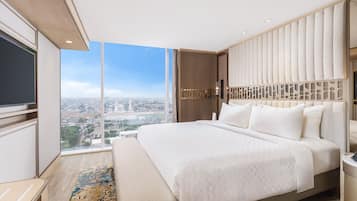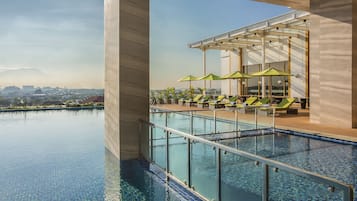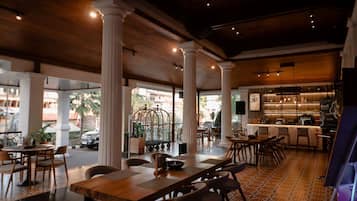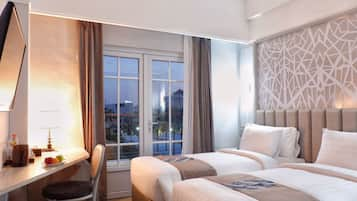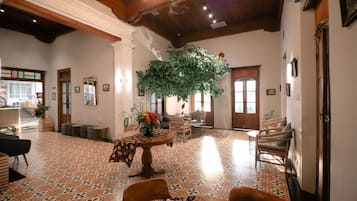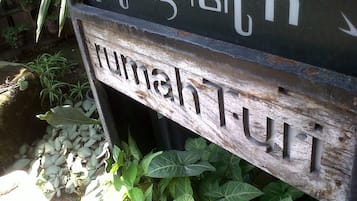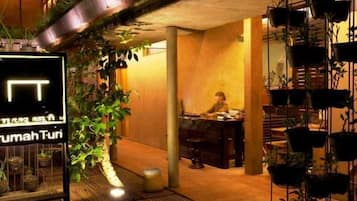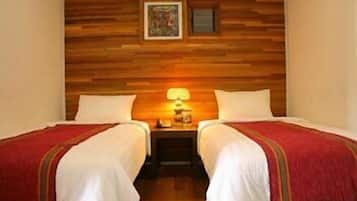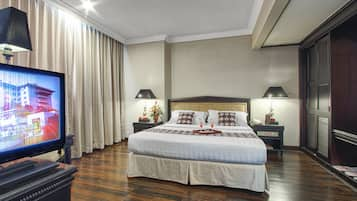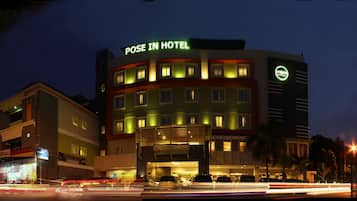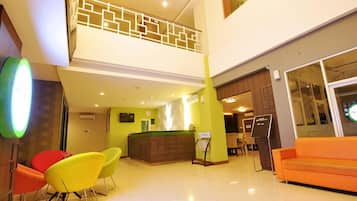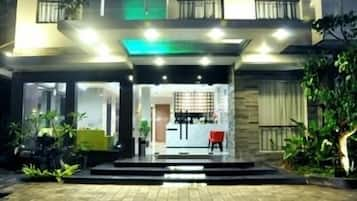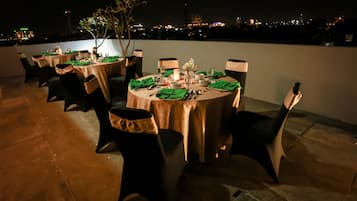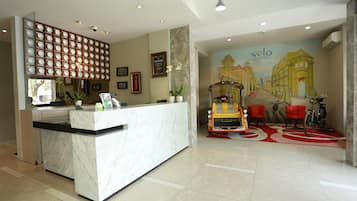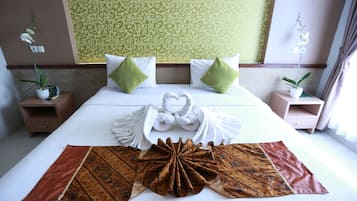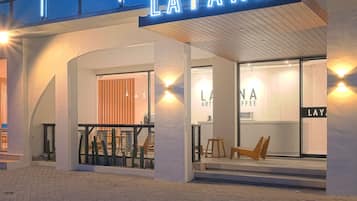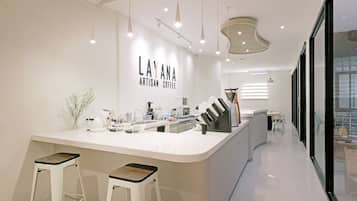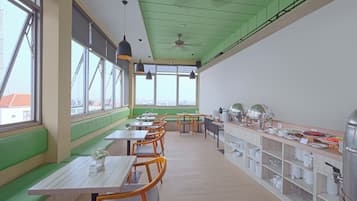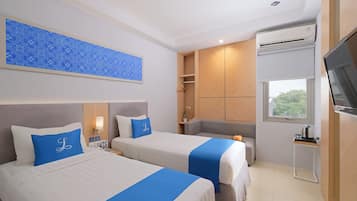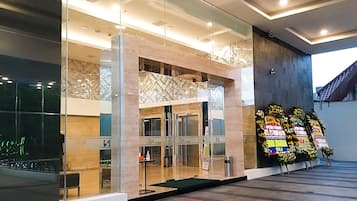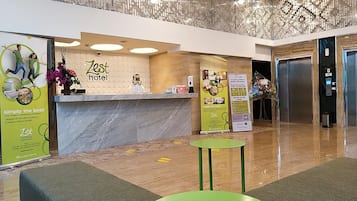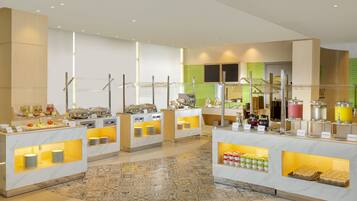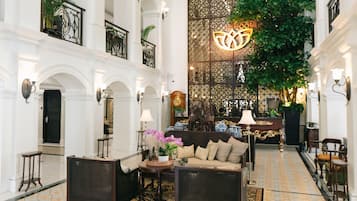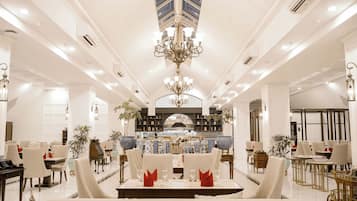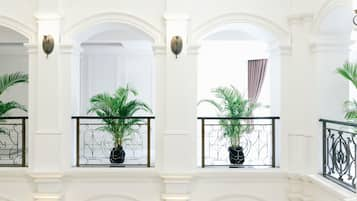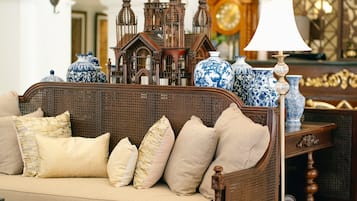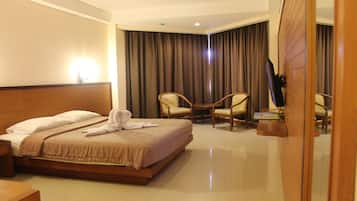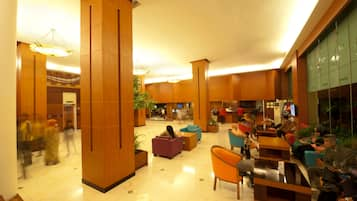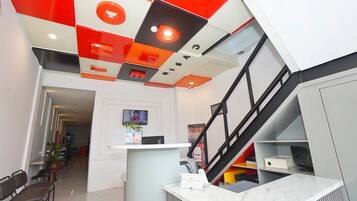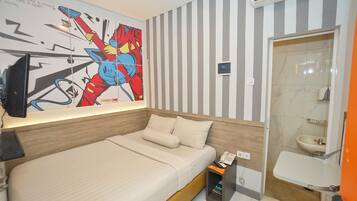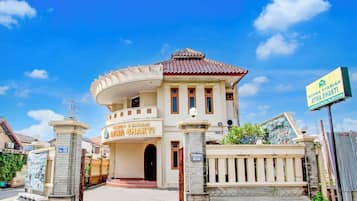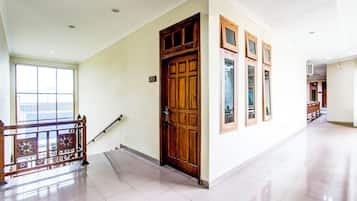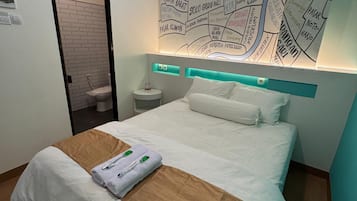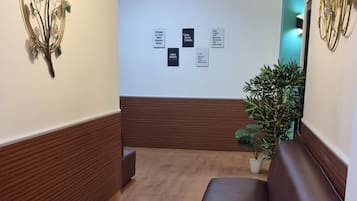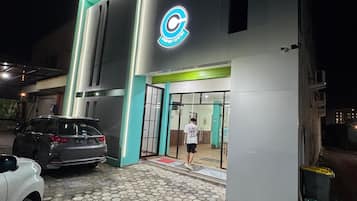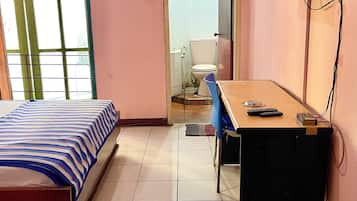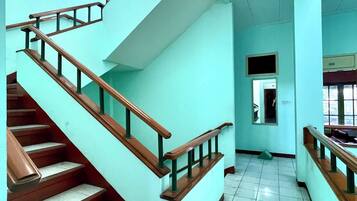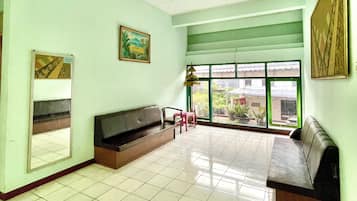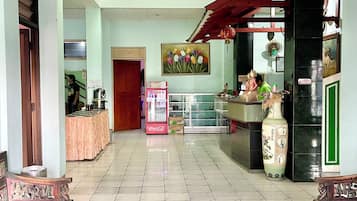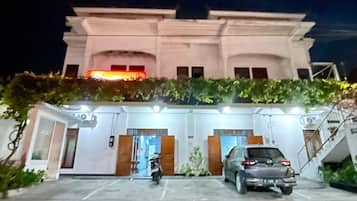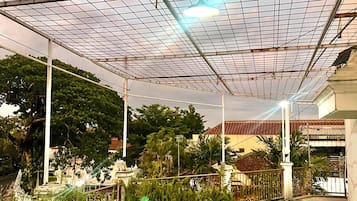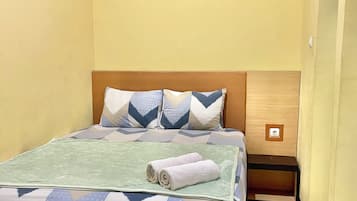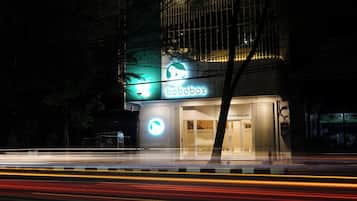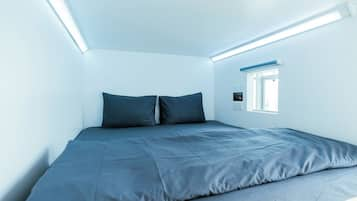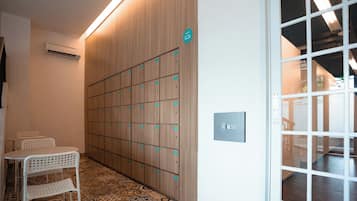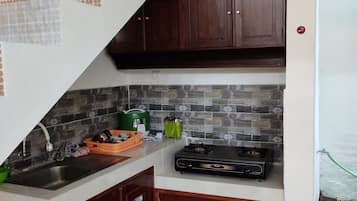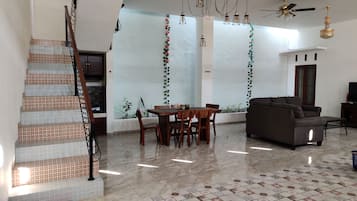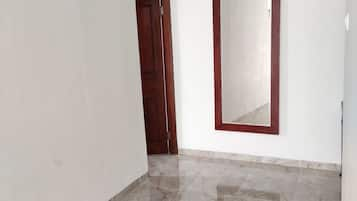Foto por Sharrie Shaw
Hoteles en Banjarsari, Surakarta
- Anticípate a los cambios de planesReserva hoteles con cancelación gratis.
- Elige tu opción idealBusca entre casi un millón de propiedades en el mundo.
Encuentra un hospedaje especial en Banjarsari
Familias
Consulta precios para estas fechas
Mañana
Este fin de semana
Próximo fin de semana
Nuestra selección de hoteles en Banjarsari
El precio actual es de $604 MXN
$730 MXN en total
impuestos y cargos incluidos
18 dic. - 19 dic.
El precio actual es de $456 MXN
$552 MXN en total
impuestos y cargos incluidos
16 dic. - 17 dic.
El precio actual es de $797 MXN
$967 MXN en total
impuestos y cargos incluidos
4 ene. - 5 ene. 2026
El precio actual es de $254 MXN
$309 MXN en total
impuestos y cargos incluidos
8 ene. - 9 ene. 2026
Precio más bajo por noche encontrado en las últimas 24 horas, con base en una estancia de 1 noche para 2 adultos. Los precios y la disponibilidad están sujetos a cambios. Aplican términos adicionales.
Dónde hospedarse en Banjarsari
Encuentra las mejores zonas de Banjarsari para hacer tus actividades favoritas.
Centro de la ciudad de Solo
Los museos y el zoológico de Centro de la ciudad de Solo te encantarán. Cuando estés ahí, haz una parada por Solo Paragon Lifestyle Mall (centro comercial) o Parque Keprabon.
Opiniones sobre hoteles destacados en Banjarsari
Explora el mundo con Expedia
Preguntas frecuentes
Más hoteles en otros barrios de Surakarta
Hoteles cerca de otras atracciones
Más formas de reservar
Últimas tendencias en Expedia
Hoteles
Vuelos
- Vuelos de Aeromexico desde Oaxaca (OAX) a Ciudad de México (MEX)
- Vuelos de Viva Aerobus desde Cancún (CUN) a Ciudad de México (MEX)
- Vuelos a Saskatchewan
- Vuelos desde Mérida
- Vuelos de Dallas a Mazatlán (DFW - MZT)
- Vuelos desde Aeropuerto Internacional de Querétaro
- Vuelos a Asientos
- Vuelos de Chihuahua a Atlanta (CUU - ATL)
- Vuelos de Morelia a Veracruz (MLM - VER)
Paquetes
![At the museum no photos are allowed which is really unfortunate as it was well worth the visit and the guided tour is definitely not to be missed. In the museum there are even Batik made from the Dutch era which depicts stories like Little Red Riding Hood and Snow White!
I enjoyed the tour v much and at the end of the tour we were brought to this room where the artisan were working on hand drawn batik.
Below is an excerpt from Wikipedia for anyone interested in learning more about the process of batik making.
Firstly, a cloth is washed, soaked and beaten with a large mallet. Patterns are drawn with pencil and later redrawn using hot wax, usually made from a mixture of paraffin or bees wax, sometimes mixed with plant resins, which functions as a dye-resist. The wax can be applied with a variety of tools. A pen-like instrument called a canting (IPA: [tʃantiŋ], sometimes spelled with old Dutch orthography tjanting) is the most common. A canting is made from a small copper reservoir with a spout on a wooden handle. The reservoir holds the resist which flows through the spout, creating dots and lines as it moves. For larger patterns, a stiff brush may be used. Alternatively, a copper block stamp called a cap (IPA: [tʃap]; old spelling tjap) is used to cover large areas more efficiently.
After the cloth is dry, the resist is removed by scraping or boiling the cloth. The areas treated with resist keep their original color; when the resist is removed the contrast between the dyed and undyed areas forms the pattern. This process is repeated as many times as the number of colors desired.
The most traditional type of batik, called batik tulis (written batik), is drawn using only the canting. The cloth need to be drawn on both sides and dipped in a dye bath three to four times. The whole process may take up to a year; it yields considerably finer patterns than stamped batik.
Source: Wikipedia](https://images.trvl-media.com/place/6224808/26fd1460-c65a-4c1a-9444-7a893e883ac9.jpg?impolicy=fcrop&w=1200&h=500&q=medium)

